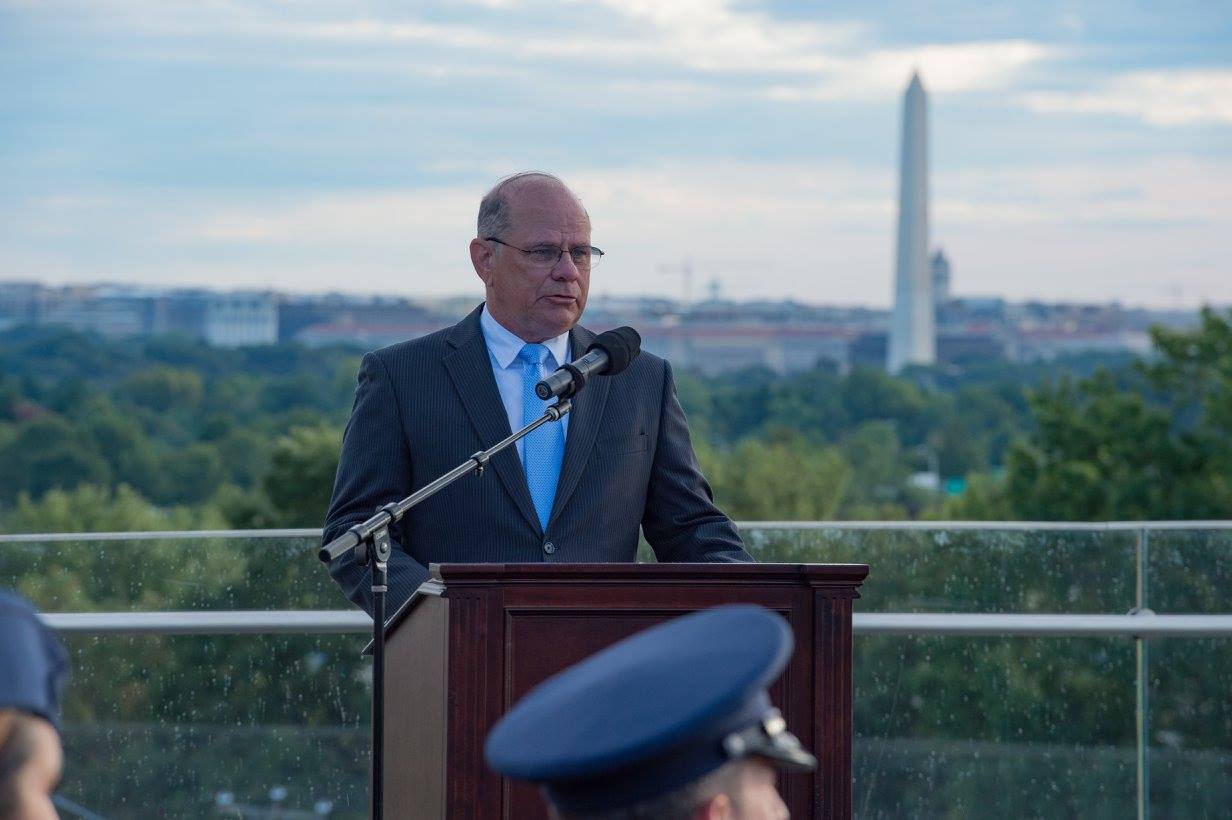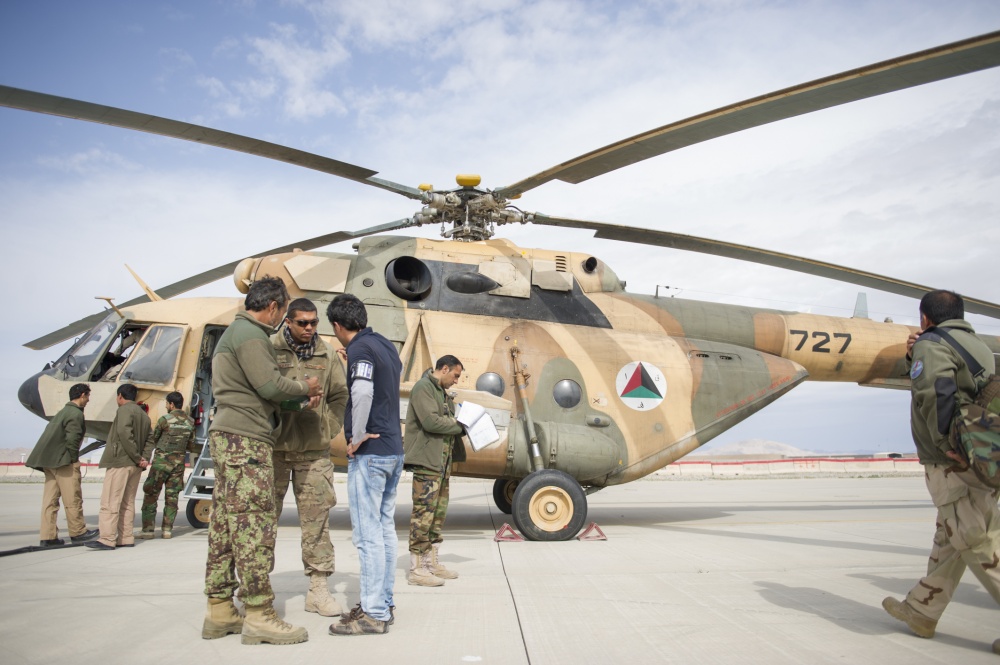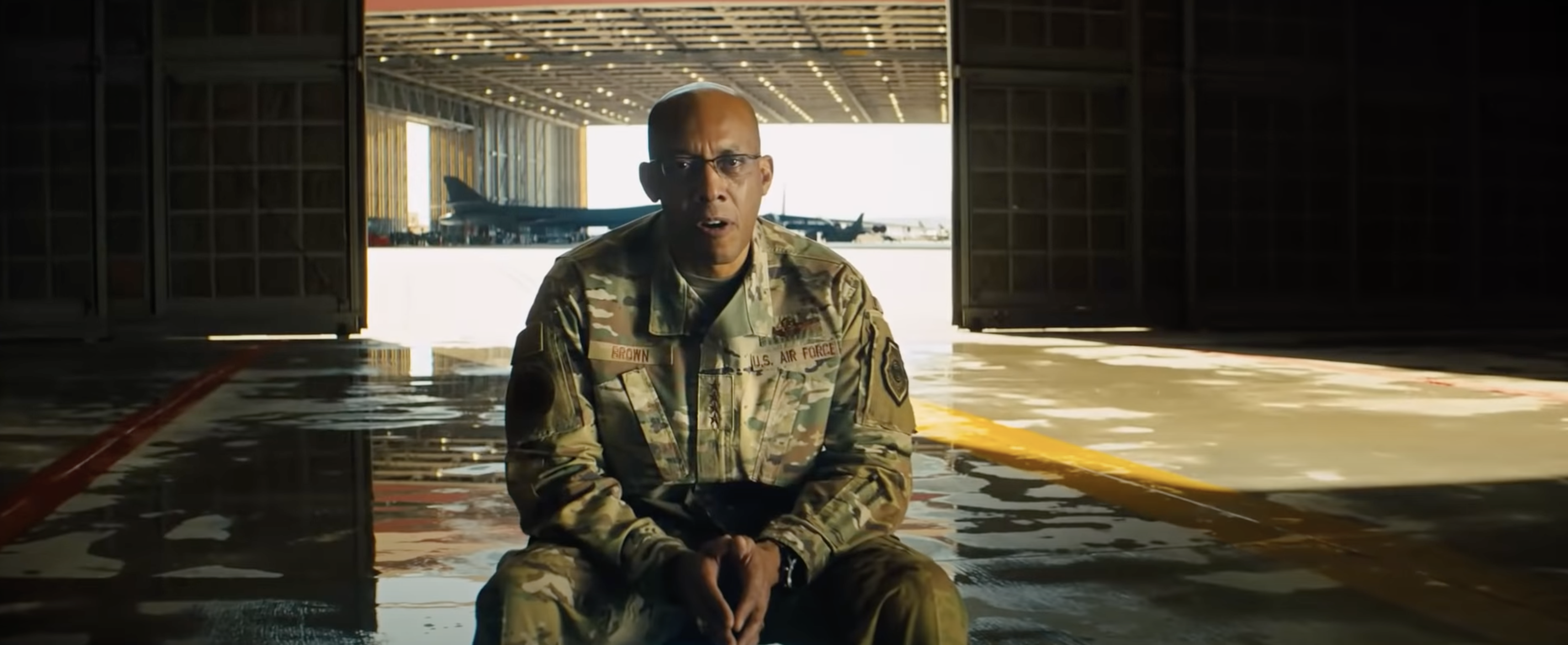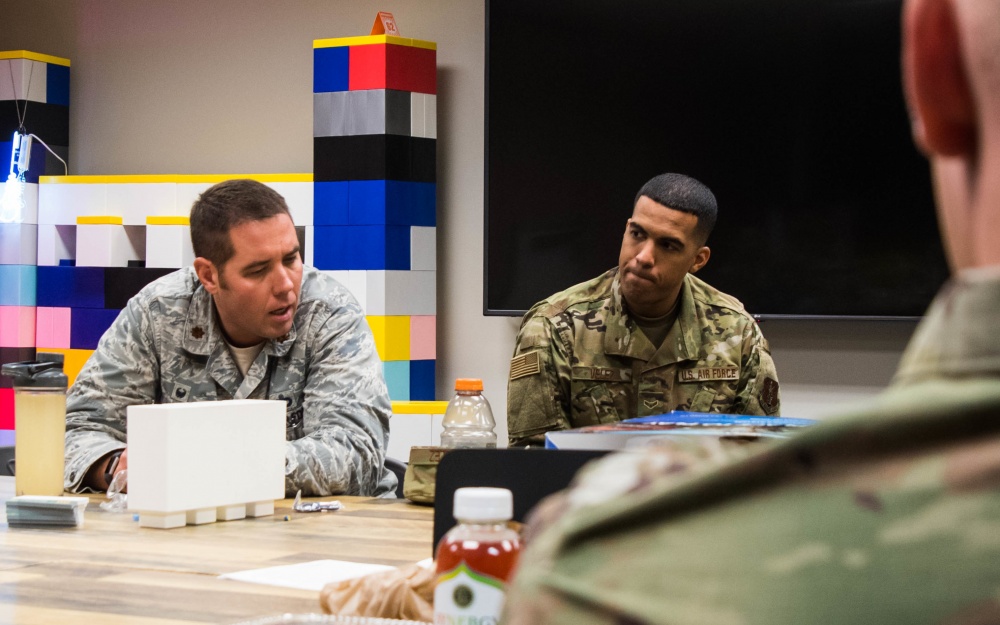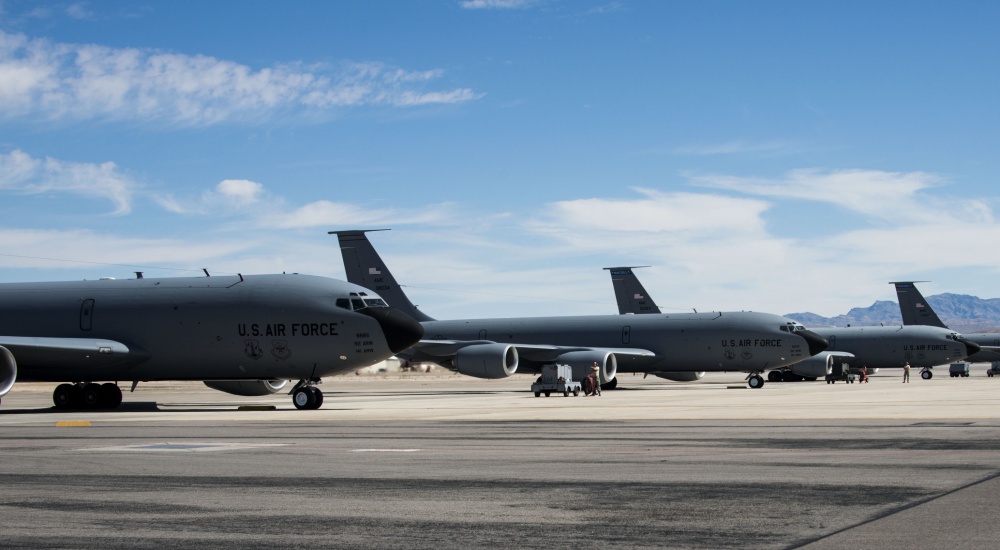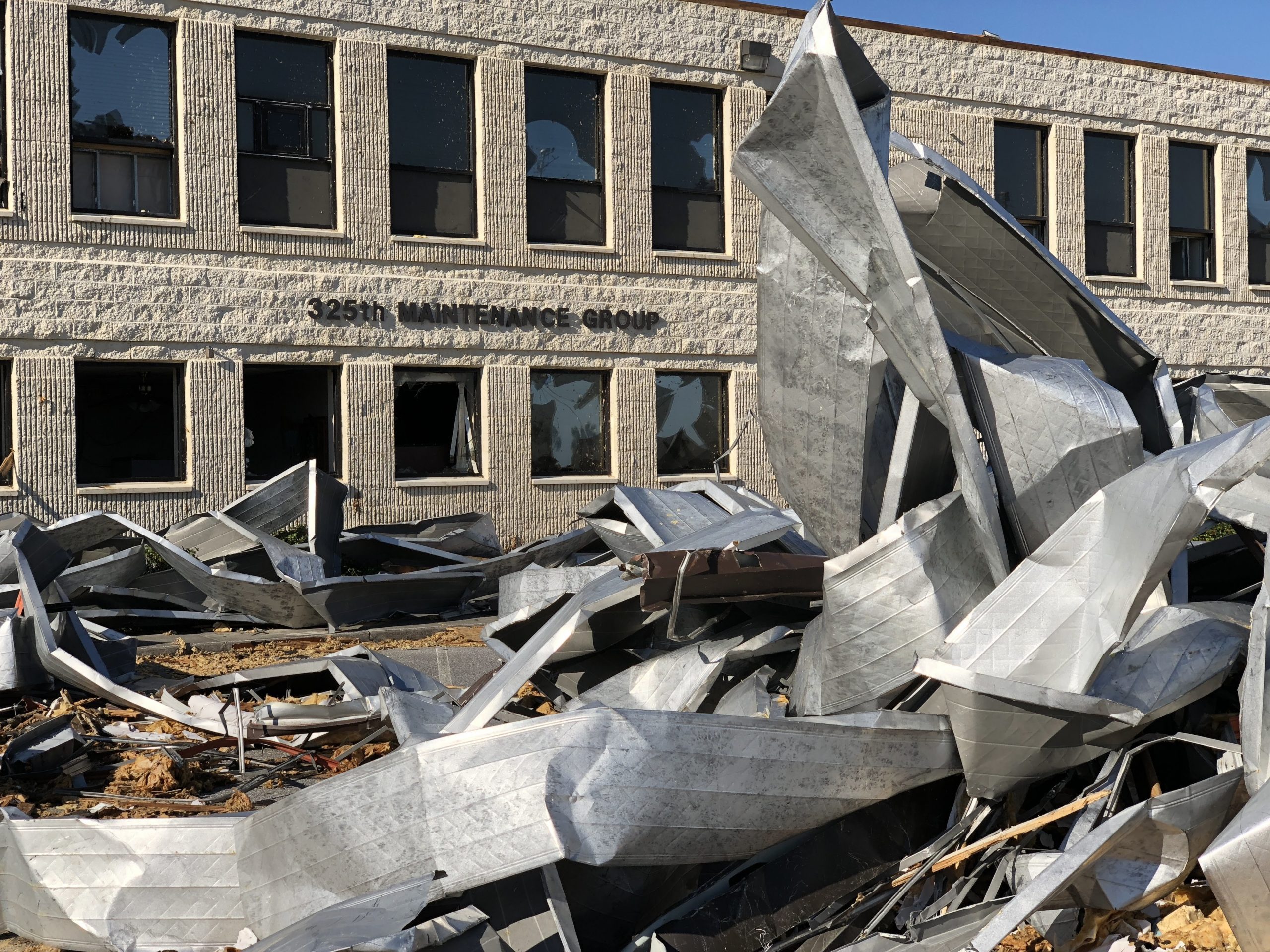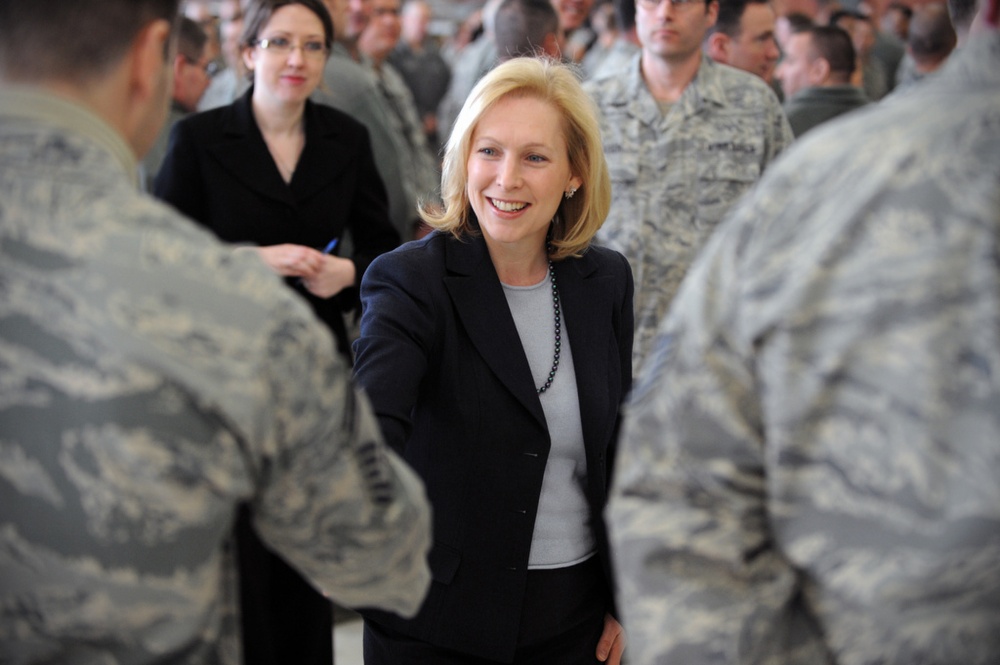Scott P. Van Cleef, former Chairman of the Board of the Air Force Association, a 29-year veteran of the Air Force, and an Aggressor pilot who retired as a brigadier general, died July 18 at the age of 71.
Van Cleef served as AFA’s Chairman of the Board from 2014 to 2016. During his tenure, the CyberPatriot student cyber defense competition grew to new heights of participation, and the reinvigorated Mitchell Institute for Aerospace Studies expanded in size and activities. He previously served as Central East Region President and was President of the Virginia Chapter of AFA when it was named Outstanding State Organization of the Year for 2008. He was also Vice President of AFA for Field Operations and had served on the Field Operations and Strategic Planning committees. He was AFA Member of the Year in 2004 and Virginia Member of the Year in 2004 and 2010.
In his highest-ranking position in uniform, Van Cleef was the Air Force’s director for regional affairs, heading up the office overseeing international security assistance and technology transfer. He previously commanded the 52nd Fighter Wing at Spangdahlem Air Base, Germany, and the 52nd Air Expeditionary Wing during the Kosovo conflict. A command pilot with more than 3,300 hours, he flew the F-4 Phantom, F-5E Tiger II, and the F-16, among other aircraft.
As an F-5E pilot, he trained pilots with the pre-revolutionary Imperial Iranian Air Force in Iran and served as an Aggressor pilot and instructor with the 65th Fighter Weapons Squadron at Nellis Air Force Base, Nev. He commanded an F-16 squadron and training wing and ran Air Combat Command’s training and tactics division in the Directorate of Operations. On the Air Staff, he was deputy director of plans for the deputy chief of staff for plans and operations and later was deputy director of joint matters for the deputy chief of staff for air and space operations. He also ran the aviation section of the Office of Military Cooperation with Egypt in Cairo.
In retirement, Van Cleef served on the Board of Directors of the Virginia Museum of Transportation and the Board of Visitors for the Virginia Women’s Institute for Leadership at Mary Baldwin College. He was a chapter officer in the Military Officers Association of America, a Civil Air Patrol senior member, and was a self-employed maker of fine furniture.
He held a bachelor’s degree in business economics from Purdue University and a master’s in political science from Auburn University.
